When I'm debugging my project and I encounter a runtime error the debugger stops on the main line instead of the error line.
using AppKit;
namespace Project {
static class MainClass {
static void Main(string[] args) {
NSApplication.Init();
NSApplication.Main(args); // breaks here
}
}
}
Instead of error line:
if (isTrue) {
button.Title = "Title"; // Object reference not set to an instance of an object
}
Is there a way to change this so it breaks on the line that has the error?
However, it is unchecked the next time around:




